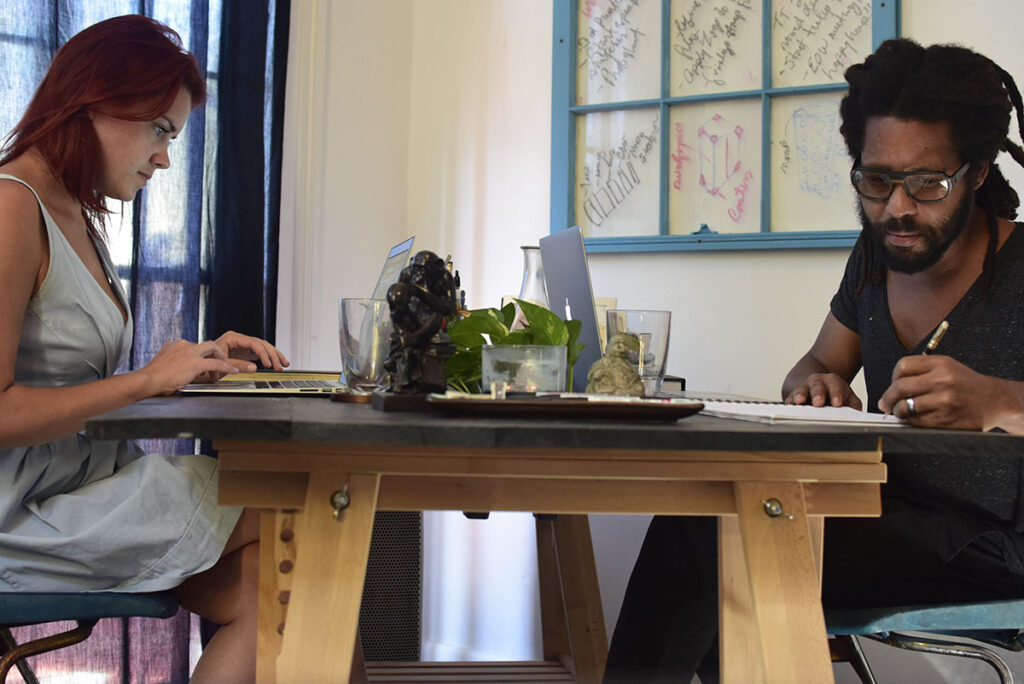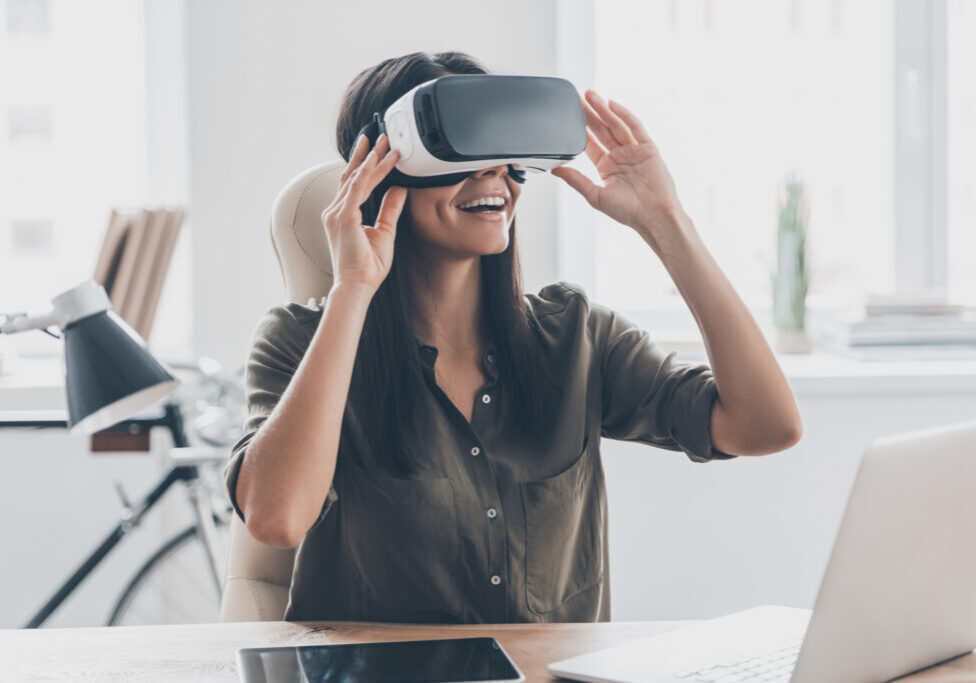Founders Anna Finch and Brien Teasley, a wife-and-husband team with more than 15 years of experience in bringing products to market, have developed deep expertise in designing for manufacturing. The company has guided numerous products from concept to mass production, with the majority manufactured in China.
Their design philosophy is centered around the idea that the product is only part of the equation. The design and development process itself is nearly as important, they argue, because it allows companies to fully understand production costs and quickly embrace change. “As long as we have a process in place, we can pivot very quickly,” Teasley says.
The pair spoke to area business leaders at a recent Tech Park Academy event at the Louisiana Technology Park, where they broke down the 10 key steps of their design and development process, from initial concept through the first production run.
Be Clear About Your Needs
Finch has a background in international business, has lived and worked in China, and is well-versed in the nuances of the manufacturing negotiation process. She says new customers frequently approach their firm and immediately ask what the cost will be to get to an end product. “That is the hardest question to answer on day one,” she says.
To answer that question they first work with the entrepreneur to help them understand what type of business venture they are undertaking and what their primary goal is. End goals can range from developing a proof of concept, which could be a prototype, to creating a more advanced shelf-ready product to show investors. Others just need more basic renderings to help secure seed funding.
Know Your Design Firm
Finch suggests thoroughly investigating any design team or consultant you’re considering hiring because it’s important to know how far that company can take you in the design and manufacturing process. Some firms focus their expertise on initial design, which means they may be able to produce high-quality renderings but could be less adept at later steps in the process.
“If you’re trying to take this all the way you don’t want to spend all this money upfront if somebody doesn’t actually know what they’re going to do when you get to the factory,” she says.
Research Your Competition
Teasley, who has more than a decade of product design and development experience and who has taken 40 overseas trips to guide efforts on factory floors, says any product design begins with initial research. He says a good design team should look at potential competitors in the market and investigate what can be done to make your product better.
“Whether you hire an outside firm or do it yourself, this is absolutely one of the most important things you can do before you jump off,” Teasley says. “It’s vital to have this on paper or screen so you can say ‘what’s my market, am I violating any patents and who’s my customer?’ ”
Create Initial Designs
The initial design process often begins with 2D concepts that are then moved it into 3D software where designers can visualize the product in more detail and add colors to the various components. They can also break the product into pieces to design for prototypes, which these days are often 3D-printed.
Renderings, however, are just a visual representation. The next stage is developing a more detailed model that can support manufacturing, Teasley says.
Develop Detailed Plans
This is the point when companies building a product should start sourcing a factory and developing a clearer understanding of the costs to produce the product.
Teasley says designers at this point should begin to closely consider color, material and finish of the product, as well as how it can be manufactured most efficiently. This is done through a detailed analysis that is often conducted in cooperation with a factory.
Produce Prototypes or Samples
Teasley says a prototype doesn’t necessarily have to look good, particularly when it’s a mechanical or electronic design. The more important question to answer, he says, is “does it work?” He says Realized Designs typically prototypes products 10 to 20 times to get each one perfect, and can iterate up to 50 times for more complex items.
Sampling, on the other hand, gives you a shelf-ready product to put in front of potential buyers, and that requires a much more complicated process. Finch says the cost difference between initial prototypes and shelf-ready samples often is shocking to entrepreneurs.
“A factory needs to shut down their entire process they’re currently working on for a client that’s bringing in money so that they can train one guy to make your one product,” she says. “So they’re going to charge you accordingly.”
Validate Your Idea
Once you have renderings, a prototype or samples, the next step is to approach the marketplace to ensure the product is something consumers want, often through pre-sales via crowdfunding or by gathering survey data. “It’s about taking the renderings that we give and saying ‘is it still a viable product in the market?’ ” Teasley says.
When choosing the crowdfunding route, Teasley says it’s important to understand the needs for each fundraising platform. A Kickstarter campaign, for example, is going to require a working prototype, while an Indiegogo project only requires basic images of the product.
Finch says most factories are unwilling to provide a detailed quote until they can see a prototype, which is an important factor when deciding how much to charge backers in a crowdfunding campaign.
Test the Product
“This is the thing that most people leave out or they forget about,” Teasley says. He suggests testing any claim you make in your product marketing, then testing it to failure. “If you need to tweak it, tweak it,” he says.
For other products, such as consumer electronics, this step may involve regulatory testing to meet certain government standards. Teasley says any good design firm should be able to guide you through this process.
Negotiate Final Agreements
This “nerve-wracking time,” as Teasley puts it, involves negotiating your final agreements with buyers and the factory. Teasley recommends conducting these negotiations in person, and, if you are manufacturing in China, hiring a Chinese lawyer and drafting contracts in both Mandarin and English to ensure there is no confusion later over liability or other key issues — such as the acceptable scrap rate for units that don’t meet standards.
Start Production
This final step involves purchasing raw materials for your product, as well as tooling — the process of securing the manufacturing components and machines needed for production. It also covers developing shipping and logistical details for delivering your product to consumers or other buyers.
This presentation is part of the monthly Tech Park Academy series. Learn more about our other upcoming events.





